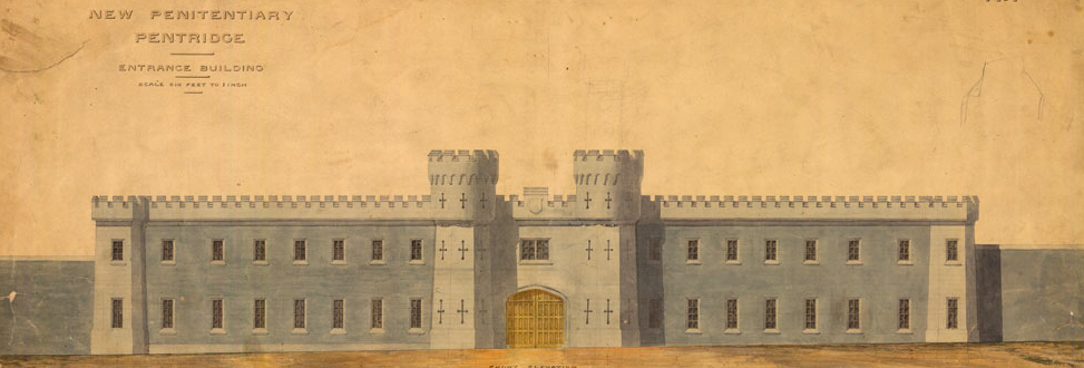Last updated:
What do I need to know?
These are the records that were created by each individual court for the actions that were initiated and/or heard in it. Summary details of each case were recorded in volumes called "registers". What will you need to know?
- the city, town or suburb in which the court was located
- the year in which the legal action occurred
- whether the case was heard in the Magistrates Court (Court of Petty Sessions), the County Court (Court of General Sessions), or the Supreme Court of Victoria.
Over 6500 registers of Magistrates Courts have been digitised and are progressively being published on PROV's catalogue.
How do I search?
- Type in the location of the court and locate it in the drop down list. Do not include any other words such as “court” or “courts”.
- The location Melbourne will bring up the Melbourne Magistrates Court (“Melbourne Courts”).
- For records created by the Supreme Court in Melbourne, type in the word “Supreme” only.
- For records created by the Court of General Sessions in Melbourne, type in the word “Sessions” only.
- For records created by the County Court in Melbourne, type in the word “County” only.
- Most regional locations have their courts registered simply as, for example, “Warrnambool Courts”.
- The titles of the records in your search results will tell you whether you’ve found records from the regional location’s Supreme, County or Magistrates Court.
About these records
These are the records that were created by each individual court for the actions that were initiated and/or heard in it. Summary details of each case were recorded in volumes called "registers".
Courts operated from central locations in Melbourne for each of the three levels in Victoria’s legal system. Local courthouses existed throughout metropolitan Melbourne and rural Victoria but a large number of these are now closed.
Most courthouses outside central Melbourne served as the Court of Petty Sessions / Magistrates Court for the local area. Courts in only a handful of the larger country towns heard Court of General Sessions / County Court cases and an even smaller number also heard Supreme Court cases.
Who created these records?
Each court was required to create records as mandated by legislation or instructions that were issued to court staff. We have records from around 250 different court locations throughout Victoria.
Next Steps
Order records from your search results, and view them in a PROV Reading Room.
Many petty sessions registers have been digitised - see the Tip content for online access via the Find My Past website.
Useful links
What are in these records?
What you’ll find in the records:
The level of detail can vary according to the court level and whether the matter was a criminal or civil matter, but a typical register contains the:
- parties to the case
- name of the presiding judge
- date of the case
- court’s decision regarding the case on that day
What you won’t find in the records:
Court case files, typically known as "process": the various legal documents that were required to be lodged with the court for each case. Documentation filed at most Magistrates and County Courts for the 19th and first half of the 20th centuries was destroyed well before the establishment of PROV in 1973. We generally do not hold documentation filed with individual courts; any we do hold is fragmentary.
Note that over 6500 registers of Magistrates Courts have been digitised by Find My Past and are progressively being published on PROV's catalogue. The remainder can be found at findmypast.com.au [free Reading Room access only]
Magistrates Courts were known as Courts of Petty Sessions prior to 1971. The criminal jurisdiction of the County Court was known as the Court of General Sessions prior to 1969.
Any newspaper account of an action in the Court of Petty Sessions / Magistrates Court or Court of General Sessions / County Court, will contain most, if not all of the information in the court register. Detailed newspaper reports of cases, especially from the nineteenth and early twentieth centuries, were the work of specialist newspaper court reporters who did not have access to court documents.
Material in the Public Record Office Victoria archival collection contains words and descriptions that reflect attitudes and government policies at different times which may be insensitive and upsetting
Aboriginal and Torres Strait Islander Peoples should be aware the collection and website may contain images, voices and names of deceased persons.
PROV provides advice to researchers wishing to access, publish or re-use records about Aboriginal Peoples
